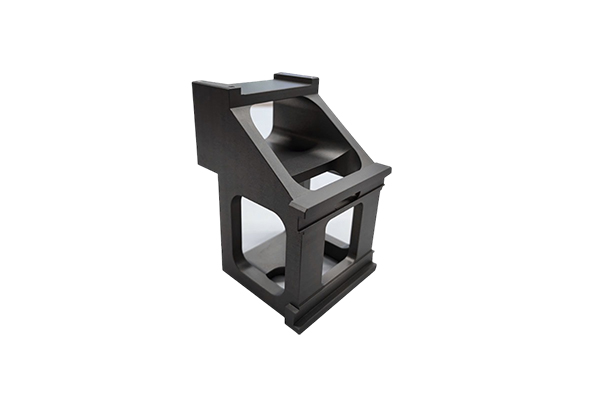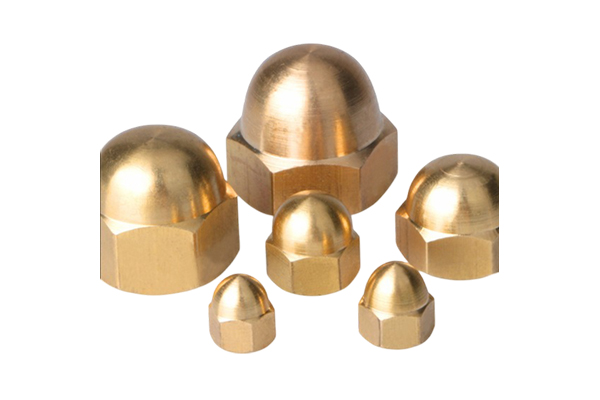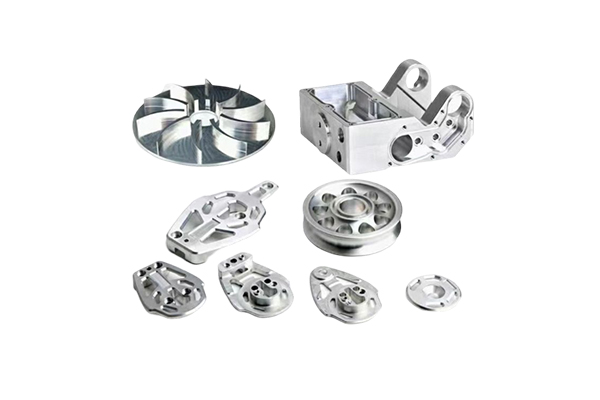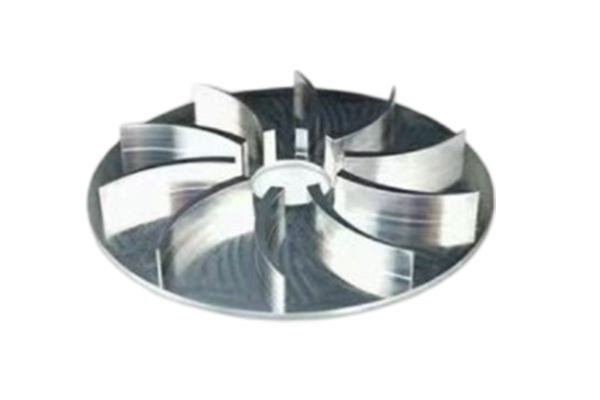Hinge link parts: Indispensable flexible links in mechanical structures
Release Time : 2025-05-07
In various mechanical equipment, furniture, doors and windows, and automation systems, hinge link parts, as key components for realizing rotation, opening and closing, and linkage functions, play an irreplaceable role. It not only determines the motion relationship between structures, but also directly affects the stability, durability, and ease of operation of the overall system. With the continuous advancement of manufacturing technology, modern hinge link parts have developed from traditional simple metal shafts to diversified products with high precision, high strength, corrosion resistance, and strong aesthetics, which are widely used in many fields such as industry, construction, and home.
The core function of hinge link parts is to achieve relative rotation between two or more components. The most common application is the connection between the door and the door frame. With the support of the hinge, the door can be opened and closed smoothly. In more complex mechanical structures, such as folding equipment, lifting platforms, robot joints, etc., hinge link parts undertake more critical motion control tasks. They not only have to bear a certain load, but also need to ensure smooth and non-stuck movements, and maintain stable performance during long-term use.
From the material point of view, hinge link parts are mostly made of metal materials such as stainless steel, copper alloy, zinc alloy, carbon steel, etc., and high-strength plastic or composite materials are also used in some scenarios with high lightweight requirements. After surface treatment (such as electroplating, oxidation, spraying, etc.), these materials can effectively improve their wear resistance, corrosion resistance and appearance texture, making them suitable for different environmental conditions. For example, hinges working in humid or salt spray environments usually choose 304 stainless steel or brass materials to prevent rust; while hinges used in high-end furniture or decorations pay more attention to surface finish and color matching to enhance the overall beauty.
In terms of structural design, hinge link parts also show a trend of diversification. Common types include ordinary hinges, hidden hinges, damping hinges, self-closing hinges, three-dimensional adjustable hinges, etc. Each type has its specific application scenarios and functional advantages. For example, damping hinges can provide a buffering effect when the door is closed to avoid impact noise; three-dimensional adjustable hinges allow users to fine-tune the door panel up and down, left and right, and front and back to ensure installation accuracy; self-closing hinges can automatically restore the door to a closed state and are widely used in fire doors and public facilities. In addition, pneumatic or hydraulic auxiliary hinges are used in some special occasions to make door opening more labor-saving and quiet.
In addition to functionality, the design of hinge link parts is also increasingly focused on beauty and integration. In modern furniture and architectural decoration, invisible hinges and embedded hinges are highly favored because they do not destroy the overall visual effect. This type of hinge is often completely hidden inside the board, and the opening and closing function is only achieved through a precise structure, making cabinet doors, drawers and other components look more simple and generous. At the same time, some smart hinges have also begun to appear. They can be linked with smart home systems to achieve remote control, induction opening and other functions, further enhancing the user experience.
In general, although hinge link parts are small in size, they are one of the important factors that determine structural flexibility and service life. Whether it is cabinets and wardrobes used in daily life or active components in industrial equipment, high-quality hinge link parts can significantly improve the user experience and reliability of the product. With the development of intelligent manufacturing and new material technology, hinge link parts will continue to innovate in the direction of lightweight, intelligent and modular in the future, providing more possibilities for structural design in more fields.
The core function of hinge link parts is to achieve relative rotation between two or more components. The most common application is the connection between the door and the door frame. With the support of the hinge, the door can be opened and closed smoothly. In more complex mechanical structures, such as folding equipment, lifting platforms, robot joints, etc., hinge link parts undertake more critical motion control tasks. They not only have to bear a certain load, but also need to ensure smooth and non-stuck movements, and maintain stable performance during long-term use.
From the material point of view, hinge link parts are mostly made of metal materials such as stainless steel, copper alloy, zinc alloy, carbon steel, etc., and high-strength plastic or composite materials are also used in some scenarios with high lightweight requirements. After surface treatment (such as electroplating, oxidation, spraying, etc.), these materials can effectively improve their wear resistance, corrosion resistance and appearance texture, making them suitable for different environmental conditions. For example, hinges working in humid or salt spray environments usually choose 304 stainless steel or brass materials to prevent rust; while hinges used in high-end furniture or decorations pay more attention to surface finish and color matching to enhance the overall beauty.
In terms of structural design, hinge link parts also show a trend of diversification. Common types include ordinary hinges, hidden hinges, damping hinges, self-closing hinges, three-dimensional adjustable hinges, etc. Each type has its specific application scenarios and functional advantages. For example, damping hinges can provide a buffering effect when the door is closed to avoid impact noise; three-dimensional adjustable hinges allow users to fine-tune the door panel up and down, left and right, and front and back to ensure installation accuracy; self-closing hinges can automatically restore the door to a closed state and are widely used in fire doors and public facilities. In addition, pneumatic or hydraulic auxiliary hinges are used in some special occasions to make door opening more labor-saving and quiet.
In addition to functionality, the design of hinge link parts is also increasingly focused on beauty and integration. In modern furniture and architectural decoration, invisible hinges and embedded hinges are highly favored because they do not destroy the overall visual effect. This type of hinge is often completely hidden inside the board, and the opening and closing function is only achieved through a precise structure, making cabinet doors, drawers and other components look more simple and generous. At the same time, some smart hinges have also begun to appear. They can be linked with smart home systems to achieve remote control, induction opening and other functions, further enhancing the user experience.
In general, although hinge link parts are small in size, they are one of the important factors that determine structural flexibility and service life. Whether it is cabinets and wardrobes used in daily life or active components in industrial equipment, high-quality hinge link parts can significantly improve the user experience and reliability of the product. With the development of intelligent manufacturing and new material technology, hinge link parts will continue to innovate in the direction of lightweight, intelligent and modular in the future, providing more possibilities for structural design in more fields.







